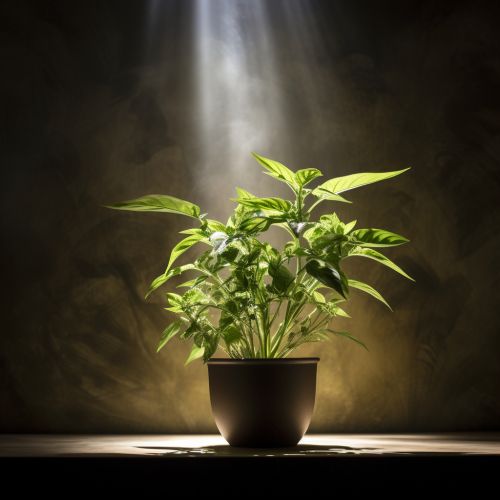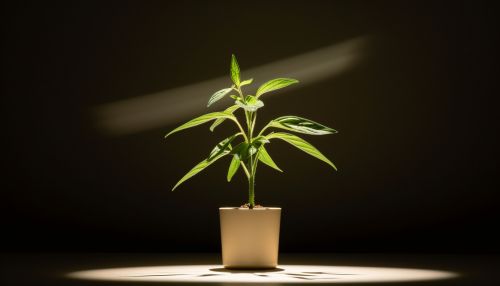Tropism
Introduction
Tropism is a biological phenomenon indicating growth or turning movement of a biological organism, usually a plant, in response to an environmental stimulus. In simpler terms, tropisms are involuntary orientation movements initiated by the organism's growth or changes in growth. Tropisms are typically associated with plants (but can also be seen in other organisms such as fungi or bacteria), where they play a fundamental role in helping plants orient themselves and grow in directions that ensure their survival.
Types of Tropism
There are several types of tropisms, each named according to the stimulus the plant responds to.
Phototropism
Phototropism is the growth of an organism in response to a light stimulus. This is seen most commonly in plants, where shoots typically exhibit positive phototropism, growing towards the light source, while roots exhibit negative phototropism, growing away from the light.
Gravitropism
Gravitropism (also known as geotropism) is a turning or growth movement by a plant or fungus in response to gravity. Roots exhibit positive gravitropism as they grow downwards, while shoots exhibit negative gravitropism, growing upwards.
Hydrotropism
Hydrotropism is the growth or turning of plant roots in response to moisture. Roots exhibit positive hydrotropism, growing towards the water source.
Thigmotropism
Thigmotropism is the directional growth of an organism in response to touch or physical contact with a solid object. This is often seen in climbing plants that wrap around a support.
Chemotropism
Chemotropism is the growth of an organism in response to a chemical stimulus. This is often seen in the growth of pollen tubes towards the ovules in flowering plants.


Mechanism of Tropism
Tropisms are brought about by differential cell growth, where the cells on one side of the plant grow longer than those on the other side, causing the plant to bend. This differential growth is brought about by a redistribution of plant growth hormones, or auxins, from the side of the plant receiving the stimulus to the other side.
Role in Plant Development
Tropisms play a vital role in plant development and survival. They allow plants to orient their growth towards or away from stimuli, ensuring that they grow in directions that are beneficial for their survival. For example, phototropism ensures that plant shoots grow towards light, maximizing their exposure to sunlight and thus their ability to photosynthesize and produce food. Gravitropism ensures that roots grow downwards into the soil, providing the plant with a stable anchor and access to water and nutrients.
